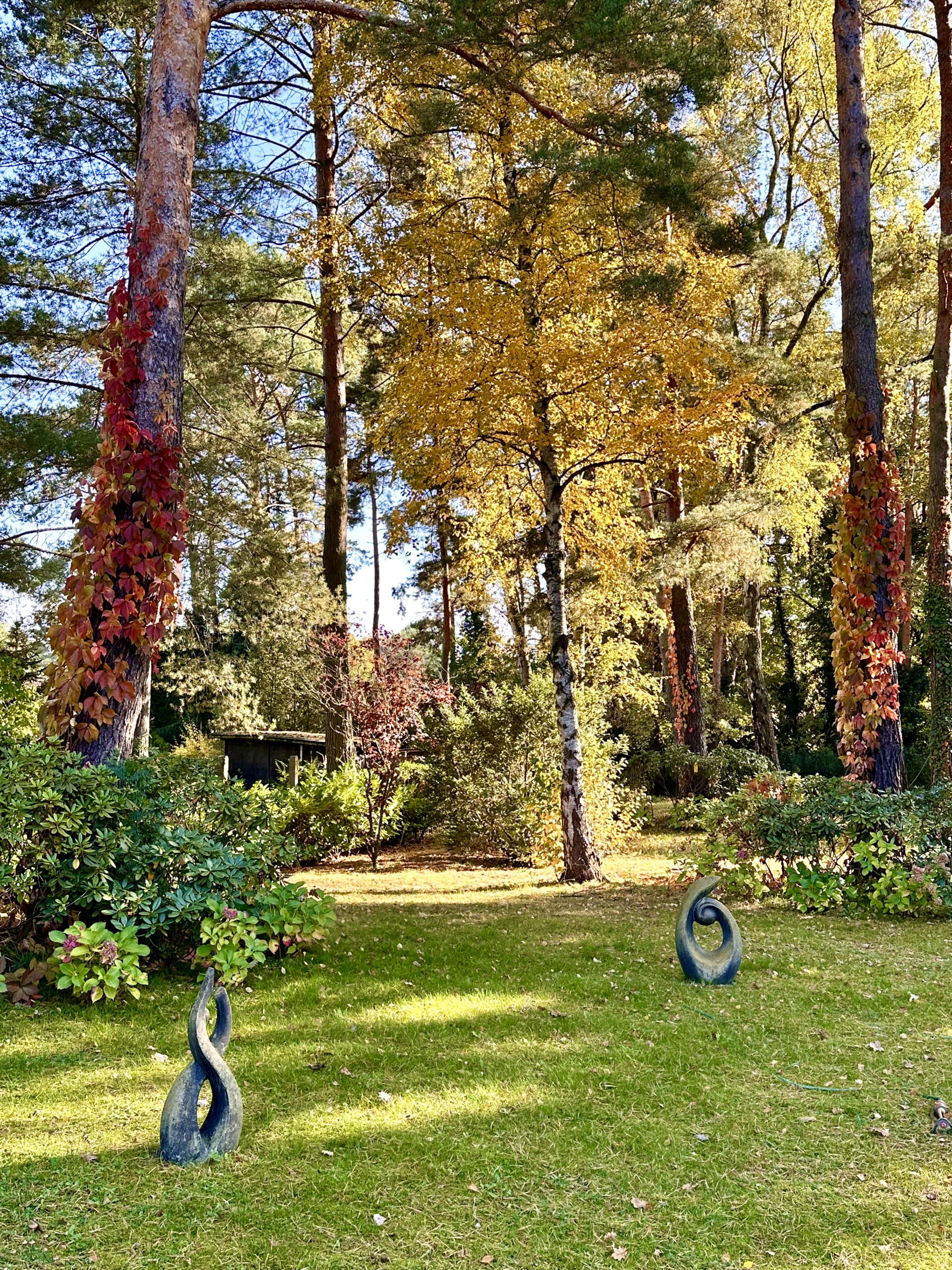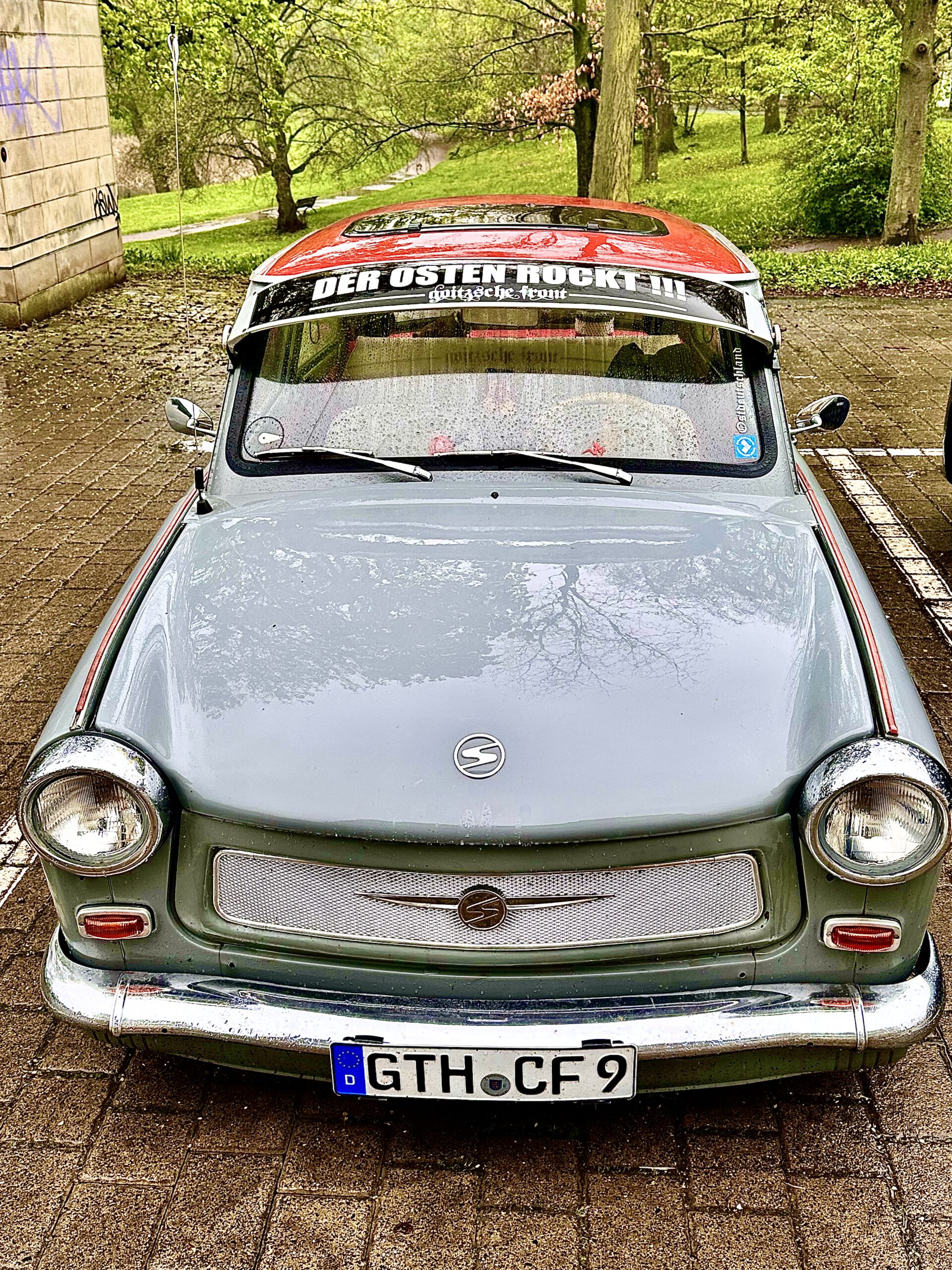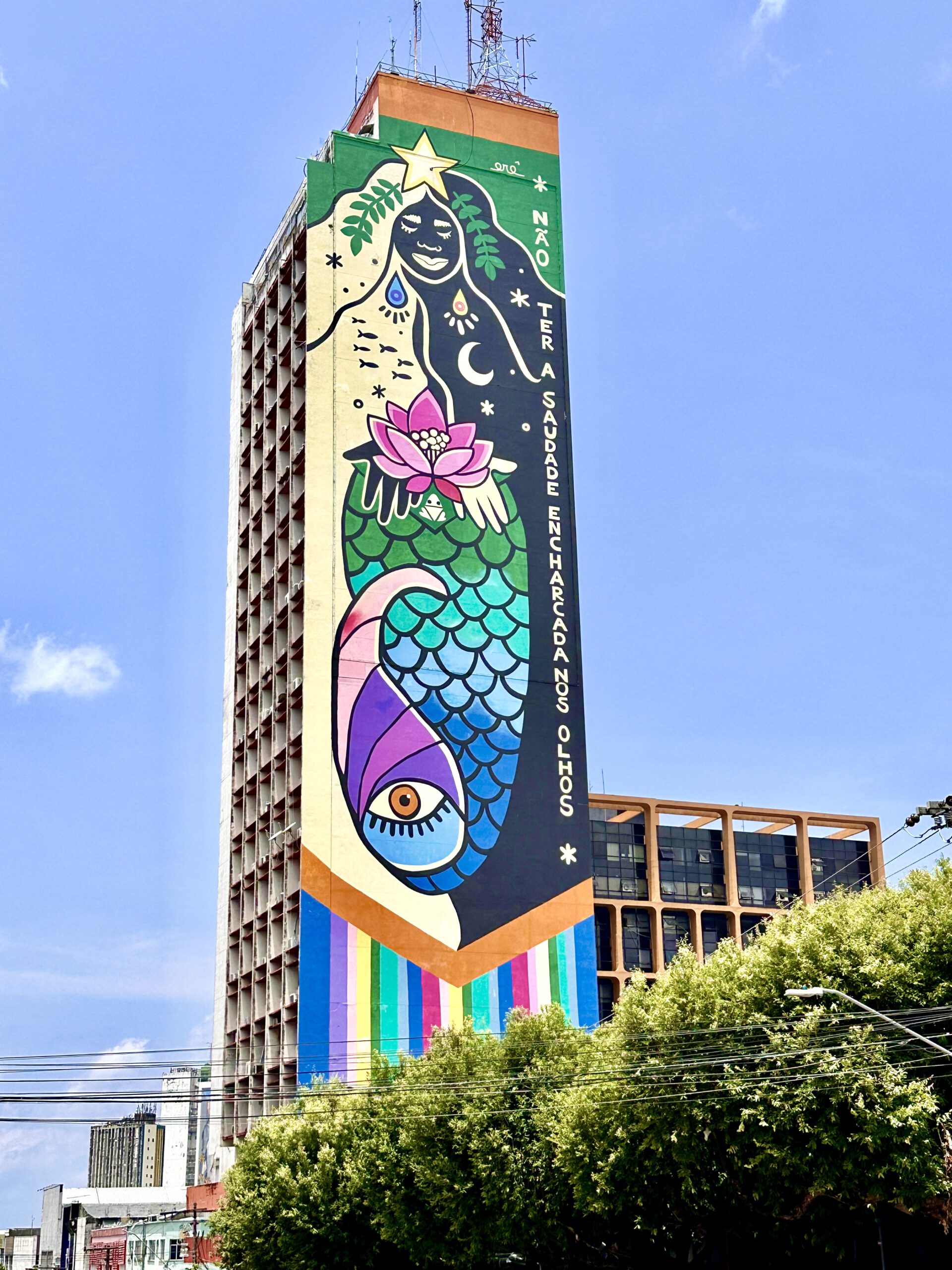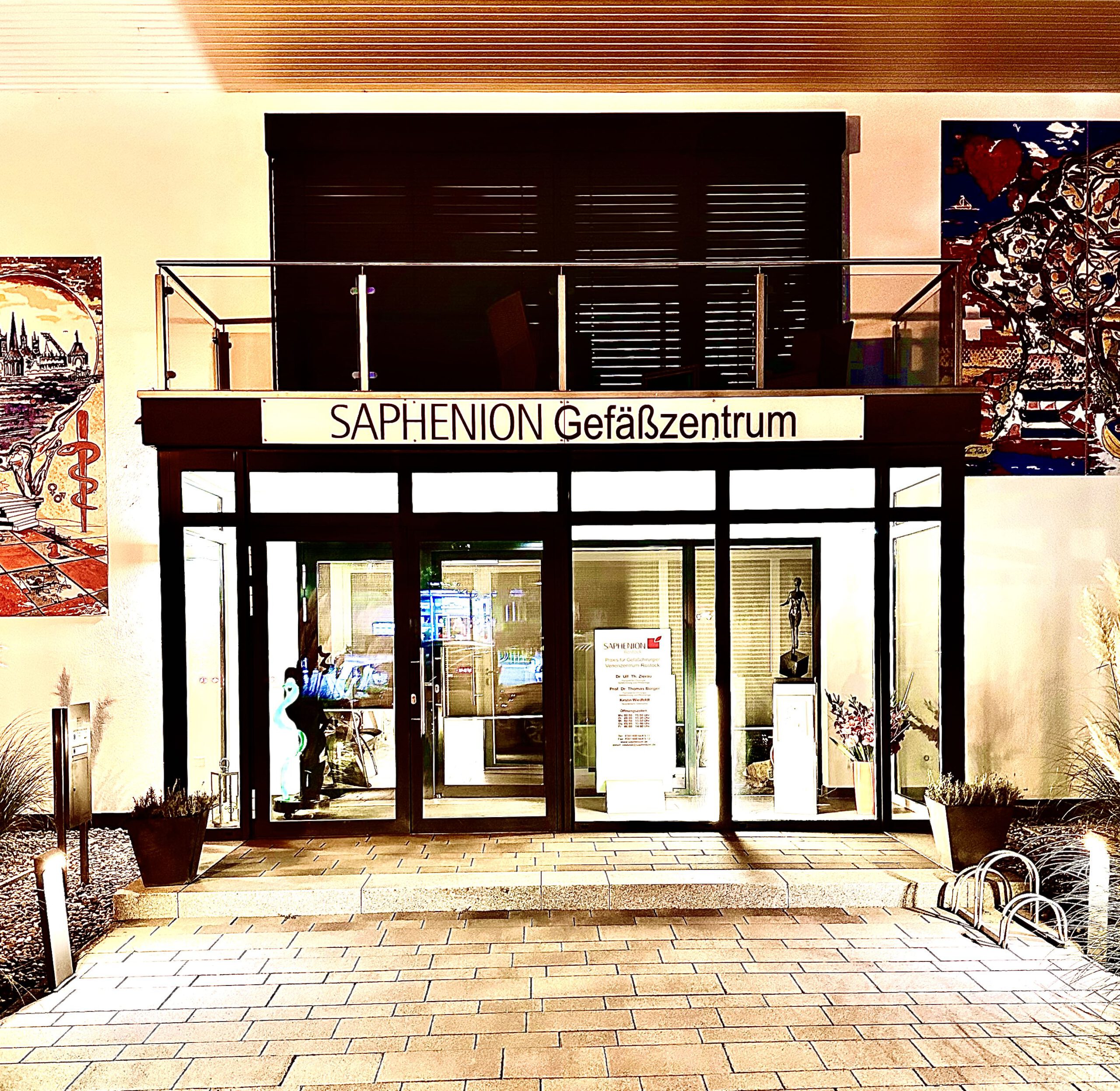Saphenion®: Biokleber in der Medizin
Auf der einen Seite sehen wir weltweit einen Anstieg des Einsatzes von Venenkleber (> 1 Mio. Patienten) und die Erweiterung des Einsatzspektrums von Biokleber in allen operativen Disziplinen. Allein in unserer Praxis sind inzwischen 2290 Patienten an 4853 Stammvenen erfolgreich mit den Venenkleber „VenaSeal®“ therapiert worden.
Auf der anderen Seite sehen wir – immer noch – vereinzelt unsachliche und fachlich völlig unfundierte Darstellungen in Presseartikeln und Patienteninformationen sowie auch in Privatgutachten und erleben in persönlichen Gesprächen mit Patienten und Kollegen immer noch eine Verunsicherung und gewisse Unkenntnis zum Thema Biokleber.
On the one hand, we are seeing an increase in the use of vein sealants worldwide (> 1 million patients) and the expansion of the range of applications for bioadhesives in all surgical disciplines. In our practice alone, 2290 patients with 4853 truncal veins have been successfully treated with the “VenaSeal®” vein glue.
On the other hand, we still occasionally see unobjective and technically completely unfounded statements in press articles and patient information as well as in private reports, and in personal discussions with patients and colleagues we still experience uncertainty and a certain lack of knowledge on the subject of bioadhesives.





